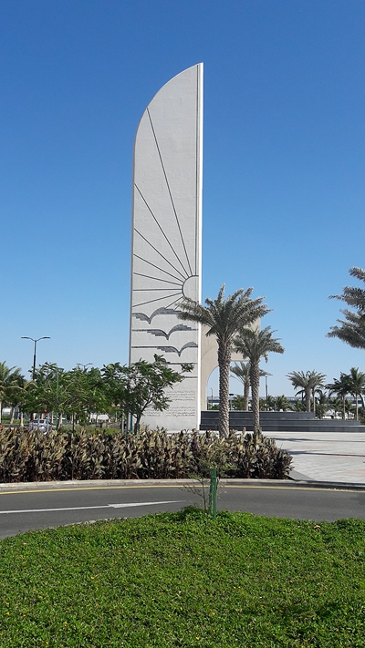In response to COVID-19, Saudi Arabia announced that it would implement a 21-day evening curfew starting on March 23rd. Curfew then extended to 24 hours on April 6th, due to the continued rise in confirmed COVID-19 cases. I concluded in my previous blogpost that curfew is ineffective when there isn’t a strong understanding of social distancing.
After a month long curfew, Saudi Arabia opened up the country only to have a massive spike in coronavirus (COVID-19) cases. On May 17th, the government reintroduced shorter curfew hours from 3pm to 6am. Evaluating data gathered from John Hopkins University Coronavirus Resource Center, the number of confirmed cases dropped significantly from 108,200 to 87,300, between May 22nd and May 25th. Because of the observed decline in COVID-19 cases, the government felt safe enough to loosen up the 24 hour curfew; however, it also announced that it would return to 24 hour curfew during the first week of Eid from May 23-27th. After the five days ended, on May 28th, the 24 hour curfew was scaled back once again.
Instead of a continued decline or a steady flatline, a sharp surge in confirmed cases occurred from 87,300 on May 25th to 128,900 on May 30th. There are several important factors to consider to understand this phenomenon. With knowledge that the 24 hour curfew was to be reinstated during Eid, Saudis opted to be quarantined with their families when the evening curfew returned on May 17th. The crowding of individuals coming from different places for long periods of time in small spaces increased the probability of infection.
It is also important to note that by the time curfew was lifted, there were only three days left of Eid vacation. Moreover, domestic flights resumed, enabling the movement of the population from different locations across the country. With three days of vacation left, Saudis crowded beaches and parks, as well as the homes of family and friends.
Another factor in the surge was not adhering by social distancing guidelines. This problem plagued the initial curfew policy as well, hindering the effectiveness of the curfew in curtailing the COVID-19 outbreak. The lack of care or knowledge of the fact that an asymptomatic person can transmit the disease is evident by the complete disregard of social distancing. Social media featured family gatherings where individuals appeared hugging one another, holding each other tight, and not wearing protective masks. Even small scale weddings took place. Several cases and stories of infection after family gatherings started circulating among society.
While other parts of the world were sewing masks and running strong social distancing campaigns in the last three months, Saudis were locked up at home. While the Saudi government did launch an informational campaign featuring doctors and clerics stressing social distancing, the main emphasis was on staying at home. The use of masks were enforced in public, but not at home. The common belief that only strangers in public spaces could transmit the disease reduced the urgency of wearing masks more regularly.
A 24-hour curfew can be effective in curbing the spread of the virus, however the back and forth on hours of curfew and the disregard of social distancing and mask wearing limited its functionality. As I concluded before, curfew without a strong grasp of social distancing and full understanding of disease transmission does not achieve the desired containment outcome.
Saffanah Zaini is an M.A. student in International Security at George Mason University. Saffanah received her Bachelor’s degree from George Mason University in Government and International Relations with a minor in Middle East Studies. Saffanah worked as a freelance journalist for Asharq Al-Awsat newspaper for a year in Washington D.C, where she covered and translated American news to Arabic. Saffanah’s most recent job experience was at the National Democratic Institute, where she assisted with drafting assessments for programs in West Bank and Gaza.
Photo can be found here.




